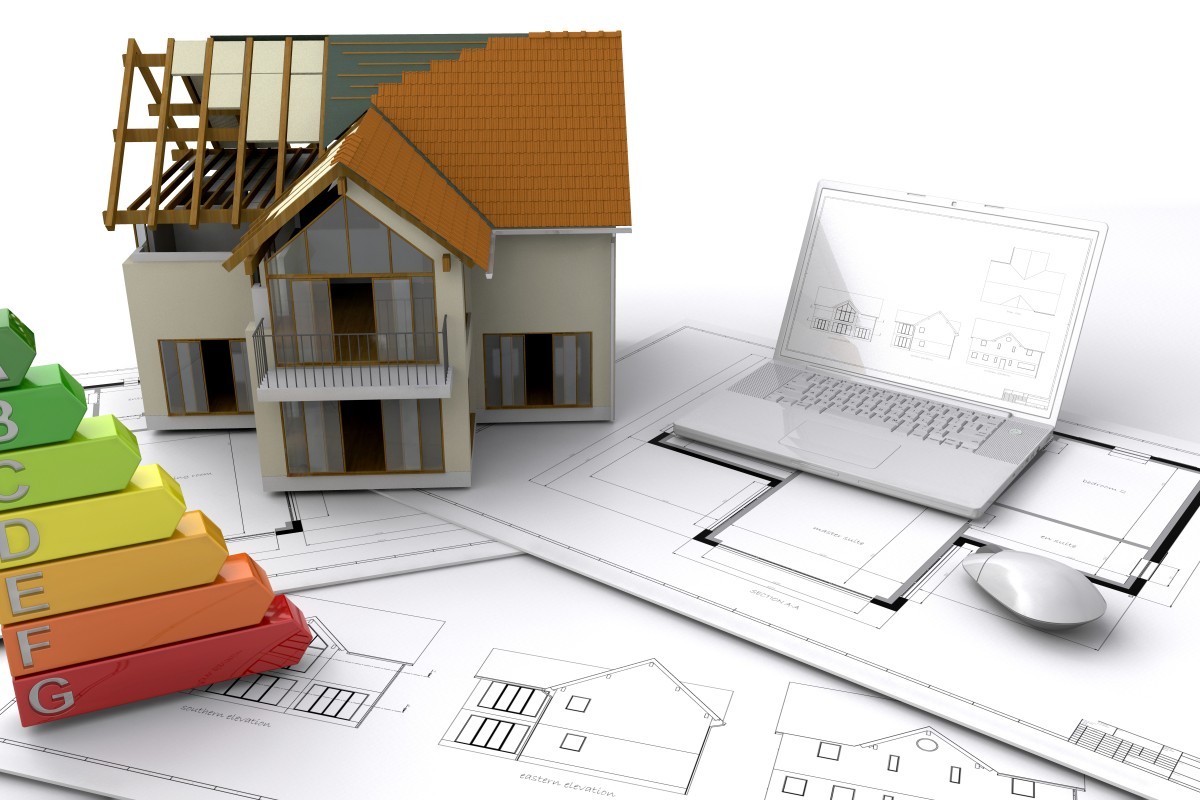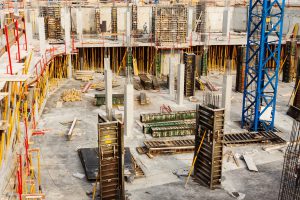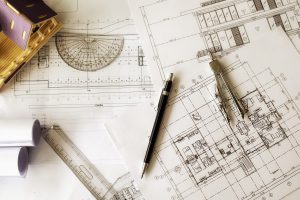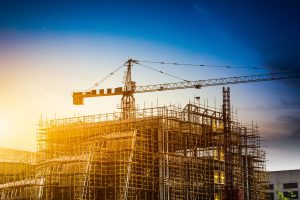From Vision to Reality: The Significance of Building Prototypes in Construction
In the dynamic world of construction, the journey from conceptual design to a finished structure involves numerous stages of planning, testing, and refinement. One of the most critical steps in this process is the creation of building prototypes. These scaled-down or full-sized models serve as a tangible representation of the final product, providing invaluable insights and benefits that can shape the success of the project. Here’s why building prototypes are so significant:
1. Visualizing the Design
Building prototypes offer a tangible way to visualize the design, allowing architects, engineers, and clients to see and experience the structure before construction begins. This physical representation helps in understanding spatial relationships, proportions, and aesthetic elements, making it easier to identify and address any design flaws or necessary adjustments.
2. Testing and Validation
Prototypes serve as a testing ground for various design elements and construction techniques. By creating a model, project teams can validate the structural integrity, functionality, and performance of the building. This step is crucial in identifying potential issues and making necessary modifications to ensure the final structure is safe and efficient.
3. Enhancing Communication
Effective communication among stakeholders is vital for the success of any construction project. Building prototypes act as a visual tool that enhances communication between architects, engineers, contractors, and clients. It ensures that everyone involved has a clear and unified understanding of the project, reducing the likelihood of misunderstandings and discrepancies.
4. Cost Efficiency
Identifying design flaws and construction challenges early in the process can save significant time and money. Building prototypes allow for the detection and resolution of issues before they escalate into costly problems during the actual construction phase. This proactive approach helps in optimizing resource allocation and minimizing waste.
5. Innovation and Experimentation
Prototypes provide an opportunity for innovation and experimentation. Architects and engineers can explore new materials, construction methods, and design concepts in a controlled environment. This flexibility encourages creative solutions and advancements in building technology, leading to improved performance and sustainability in the final structure.
6. Client Engagement and Satisfaction
For clients, seeing a prototype of their future building can be incredibly reassuring. It provides a concrete representation of their investment and allows them to provide feedback and make informed decisions. This level of engagement fosters trust and satisfaction, ensuring that the final product aligns with the client’s vision and expectations.
Conclusion
Building prototypes play a pivotal role in bridging the gap between conceptual design and actual construction. They offer a practical and effective way to visualize, test, and refine building plans, ultimately leading to a more successful and efficient construction process. By investing in prototypes, project teams can enhance communication, reduce costs, drive innovation, and deliver a final product that meets or exceeds client expectations.




